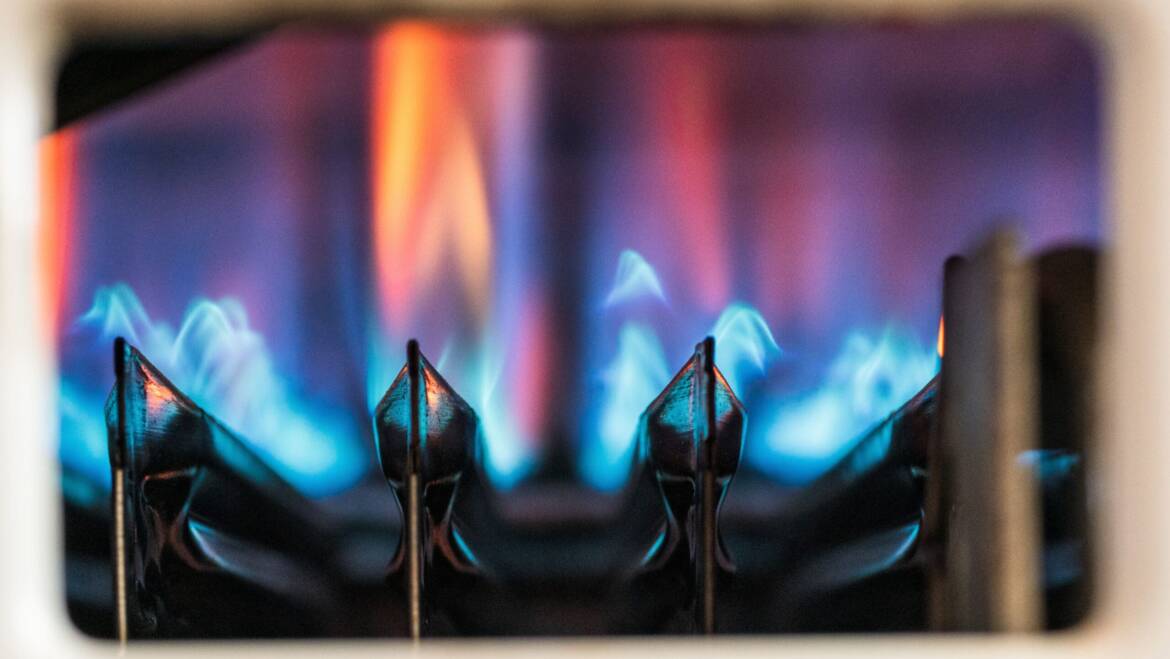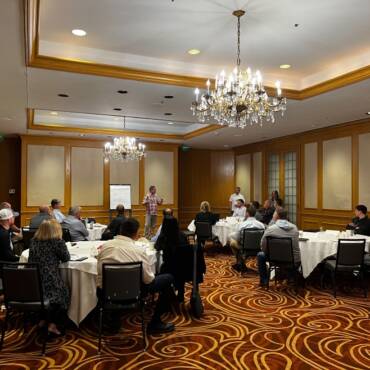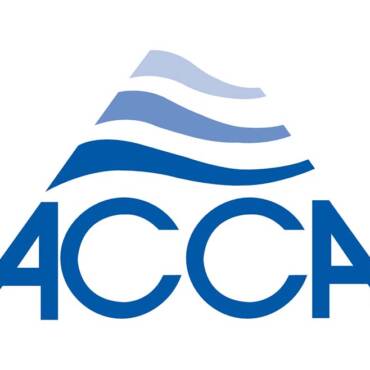Your helpful neighbor suggested the issue you are having with your gas furnace sounds like it could be due to a cracked heat exchanger. What is a heat exchanger? How can you tell if this is the issue? What should you do about it?
Do not ignore the possibility!
Be Wiser Than Humpty Dumpty
A cracked heat exchanger in a gas furnace is a serious safety issue.
Even though your furnace may look and seem fine, dangerous gases could leak into your Weiser home and seriously affect, even kill, your family members. If you suspect your heat exchanger is cracked, call Comfort Zone Heating & Cooling, and one of our specially-trained professionals will immediately assess your furnace’s situation.
Why Is the Heat Exchanger So Crucial?
A gas furnace’s heat exchanger is the furnace component that actually heats the air. It is composed of a set of tubes that repeatedly loops through the airflow inside the furnace.
If there is a crack in this component, the gases being burned off—such as carbon monoxide (CO), sulfur dioxide, and nitrous oxide—could leak into your Idaho home and cause illness or, in extreme cases, death.
According to the Centers for Disease Control and Prevention (CDC), every year at least 430 people die in the United States due to accidental carbon monoxide poisoning.
How Do You Know a Cracked Heat Exchanger Is the Issue?
Here are five signs indicating you may have a cracked or malfunctioning heat exchanger:
1. Soot
If you see evidence of soot, which is actually a black carbon buildup, on the inside of the furnace, it is a sign your furnace is not burning cleanly.
Incomplete combustion usually causes an increase in soot. The cause can be improperly adjusted burners or a cracked heat exchanger.
2. Corrosion and/or cracks on other furnace components
When other external parts of your furnace start showing signs of wear and tear, it is highly possible the internal parts are also beginning to wear. Stress cracks are pretty common and can happen with the expanding and contracting of components during heating and cooling.
Additionally, components can become corroded with the exposure to fumes emitting chloride or moisture from other sources.
3. Strange smells
Often a malfunctioning heat exchanger creates a strong and unpleasant odor similar to formaldehyde. It can give you headaches as well as other physical symptoms.
If you smell anything similar to formaldehyde, contact our Comfort Zone Heating & Cooling team immediately. We will send one of our experienced pros to evaluate your heat exchanger.
4. Water on the floor
If you find water on the floor at the base of your furnace, and you do not have a furnace condensation issue, there is a strong likelihood it is your heat exchanger. Only a heating, ventilation, and air conditioning (HVAC) professional can help determine the source of the issue.
5. Other physical signs
If you or other family members experience continual recurring headaches or flu-like symptoms, this could indicate a cracked heat exchanger. Leaking combustion gases would be the culprit.
Recurring nose and/or eye irritation, sleepiness, disorientation, and nausea would also all fall under this source umbrella. Be sure your Idaho home’s carbon monoxide sensor is in good working order with a fresh battery.
This poisonous gas, along with the other burned-off gases (sulfur dioxide and nitrous dioxide), could be the problem––leaking from your heat exchanger. Be sure to note if the symptoms start and stop when you arrive at and leave your home. If they do, get your furnace inspected immediately.
What Should You Do About a Cracked Heat Exchanger?
If your heat exchanger is most likely the issue, it is time to call in one of our Comfort Zone Heating & Cooling professionals. We can use a combustion gas analyzer and camera to determine if it is your heat exchanger or not.
This is the best process to give you a definitive answer. If it is your heat exchanger, you cannot run your furnace, even if it seems to be operating well. The gases will continue to seep into your Weiser home’s air.
Most reputable companies, upon finding a cracked heat exchanger, will disable your furnace preventing further use. Every cracked heat exchanger needs to be replaced, either by replacing the heat exchanger itself or by replacing the entire furnace.
When faced with this decision, something to consider is the age of your unit. If your system is older than 10 to 12 years, you may want to go with replacing the entire furnace. Furnaces typically last 15 to 20 years.
Based on the average cost of replacing the heat exchanger, investing in a new furnace rather than simply buying the heat exchanger might be the better solution. If you forego replacing your furnace at this point, you may still land in the same spot in a few years—needing an entire furnace.
Contact Us About Your Furnace Heat Exchanger
In the Weiser, ID, area, contact Comfort Zone Heating & Cooling to help you when you have a furnace problem—especially a possible cracked heat exchanger. Our highly knowledgeable and skilled HVAC team members can answer any questions you may have and promptly assist you. Call us today at 208-414-1302 or request service online for all your heating and cooling needs. We can help you put everything properly together again.
Whether you require installation, repair, or maintenance, our technicians will assist you with top-quality service at any time of the day or night. Take comfort in knowing your indoor air quality is the best it can be with MOE heating & cooling services Ontario's solution for heating, air conditioning, and ventilation that’s cooler than the rest.
Contact us to schedule a visit. Our qualified team of technicians, are always ready to help you and guide you for heating and cooling issues. Weather you want to replace an old furnace or install a brand new air conditioner, we are here to help you. Our main office is at Kitchener but we can service most of Ontario's cities
Source link




Add Comment